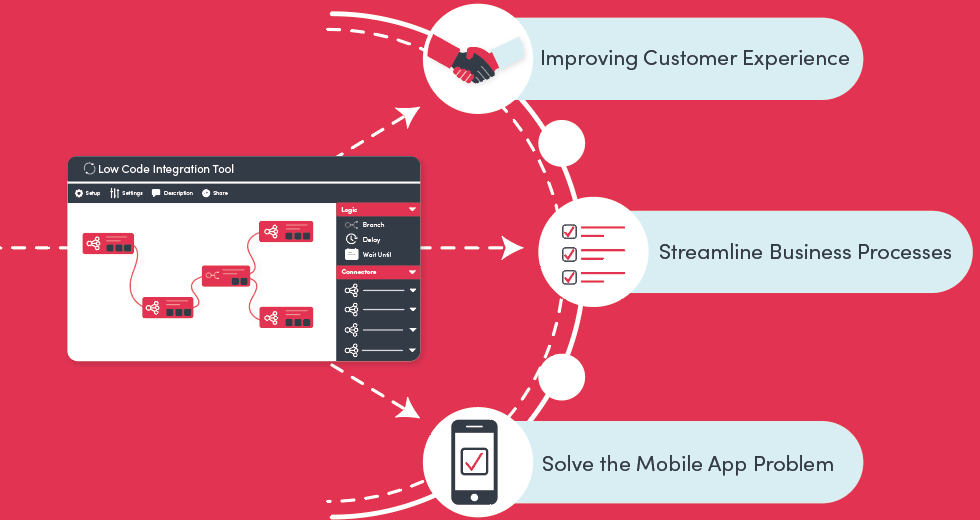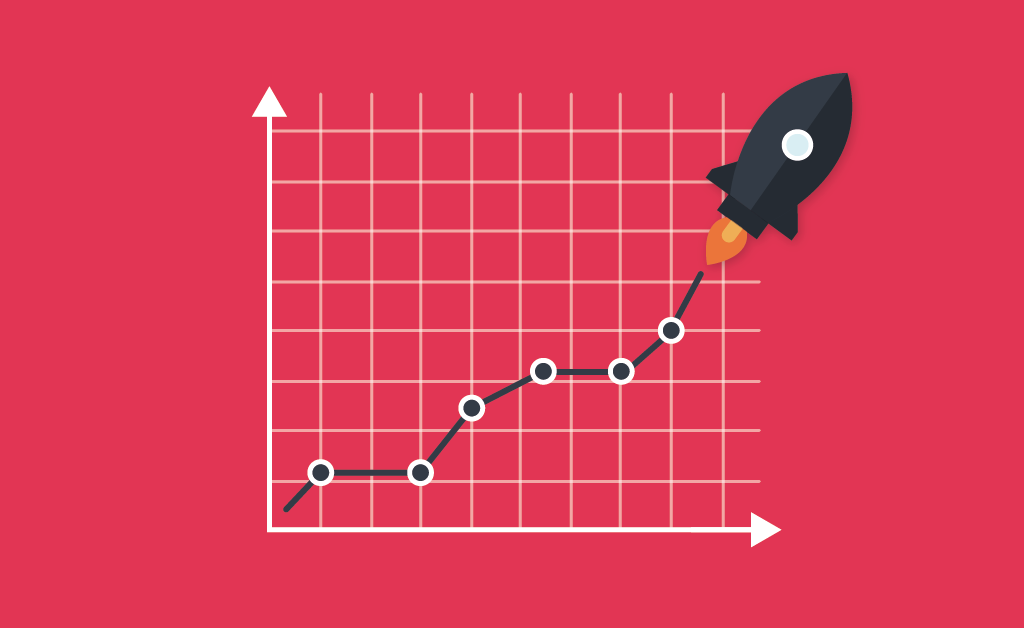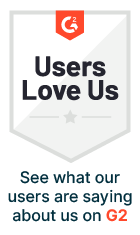
Updated on by Hayley Brown
We made it to 2022. A year ago I wrote a somewhat similar article describing how 2020 was not the year we thought it would be, and what trends might crop up in 2021. So as we tentatively emerge into 2022 what can we expect from the software industry, and the latest digital transformation trends?
In 2021 we started to see the impact of accelerated change caused by the pandemic. It may have left some reeling but has left others poised to transform the businesses they run. Whether it be through the software, processes, technologies, and methodologies they use. Many recognised the need to digitise to survive.
Hybrid Experiences and Working Environments
Remote working or hybrid working looks like it is here to stay. Many organisations around the world, where possible, have offered employees the opportunity to either work from home, in the office or a bit of both. The workplace has seen a huge shift in the past 2 years. Organisations have had to evolve quickly in order to improve advocacy levels, retain valuable employees, nurture talent and drive productivity.
With the work-from-home shift employees’ requirements that enable them to work also changed. This has resulted in organisations needing seamless collaboration software and leveraging transformative tools to manage and coordinate teams. As Forbes notes, “the work shift is also leading to a change in how we interact and function with our software to enable us to be more productive.”
Software and tech organisations are engaging their entire infrastructure ecosystem to bring work into a single view. A good example of this is Salesforce’s acquisition of Slack, with collaboration and productivity at its core. With the aim to not only increase productivity but improve the employee and customer experience.
Gartner has mentioned that “by 2026, 60% of large enterprises will use the total experience to transform their business models to achieve world-class customer and employee advocacy levels.”
Hyperautomation, AI and ML
We are all for automation and are advocates for hyper-automation. It can be defined as automating any and all processes that can be. For instance, repetitive tasks that need no supervision. Implementing automated processes throughout an organisation can help drive and increase focus on growth, digitisation, and productivity.
It is therefore no surprise that the worldwide market for technology that enables hyper-automation will reach $596.6 billion in 2022. According to a new forecast from Gartner.
With organisations increasing their use of hyper-automation, it will directly lead to an increase in the use and spending of Artificial Intelligence (AI) and Machine Learning (ML). Both are designed to process information in impactful ways that offer real-time intelligence. Helping to improve quality and productivity.
Gartner has previously said that both digital transformation and IT automation drive hyper-automation needs. Using automated technologies is no longer optional. It is considered a route to survival or big-bang innovation that will help navigate the post-pandemic world. As well as help scale digital transformation quickly and unlock digital value.
Cross-Departmental Collaboration
Typically coined as a working model where teams from different departments work together on a project or towards a business goal. Technology and platforms can help unify department relationships and workload. For instance, low-code platforms can unify IT and commercial teams to collaborate and broaden the scope for different perspectives. Simply put by Forbes “silos must be broken down for successful digital transformation.”
Due to new roles emerging, such as business technologist. Which is considered an essential partner for IT departments to help accelerate digital transformation. With “41% of employees outside of IT – or business technologists – customize or build data or technology solutions” according to Gartner. There is much more of an overlap between not only job roles but departments too.
This, therefore, encourages the removal of departmental silos throughout organisations and encourages increased productivity and improved communication. This is likely to be an increasing and major contributing factor towards digital transformation in the near future.
Hybrid and Multi-Cloud Distribution and Management
Hybrid cloud adoption will continue to rise. As well as multi-cloud environments becoming popular among companies across different industries. They are an increasingly popular option due to their ability to distribute cloud applications, assets and software across various cloud platforms. Which helps accelerate digitisation. Garner says that “by 2025, cloud-native platforms will serve as the foundation for more than 95% of new digital initiatives — up from less than 40% in 2021.”
Data Fabric
Firstly, what is a data fabric? According to Hackernoon, it is “a mix of architecture and technology that aims to ease the difficulty and complexity of managing several different data types.” It can be deployed across platforms and uses numerous database management systems. As well as provides a consistent and consolidated user experience.
It provides access to data for any member of an organisation globally in real time. It has the goal to help an organisation understand and manage its data regardless of form, location or application.
Data is an invaluable resource for organisations worldwide, but the issue is that it can be siloed within platforms. Data fabric integrates data across applications making the data available everywhere it is needed. According to Gartner, “by 2024, data fabric deployments will quadruple efficiency in data utilization while cutting human-driven data management tasks in half.”
Data fabric helps create a single source of truth from the data across an organisation. According to Accenture “embracing a data-driven approach enables fact-based decision-making, which has the power to help any department within your organization achieve better business outcomes.” These outcomes can be as high as up to 30% annual growth.
Cybersecurity and Privacy
With business assets distributed across cloud solutions and data platforms, traditional cybersecurity approaches can’t necessarily cut the mustard. Organisations that want to accelerate their digital transformation successfully need to create and implement robust cybersecurity measures.
A new security strategy called a Cybersecurity Mesh provides an architecture for an integrated approach to a business’s information technology assets. No matter where they are located. According to Gartner, this is one possibility to help reduce individual security incidents by an average of 90%.
As well as implementing robust security strategies organisations need to implement new privacy measures in regard to their data. The nature of data now is that there is tons of it. As previously mentioned it can be split amongst platforms or combined into a single application.
According to Gartner, with privacy-enhancing computation approaches allow data to be shared across ecosystems, creating value but preserving privacy. It is predicted that by 2025 60% of organisations will use one or more privacy-enhancing computation techniques.
A Digital-Ready Culture
The pandemic forced businesses to accelerate their digital transformation plans. Positively the pandemic provided us with the perfect opportunity to transform the world. It tried old and outdated systems, tested resilient technologies, and saw the emergence of new innovative ideas.
Now as we are teetering into a post-pandemic world, organisations are under increasing pressure to digitise quickly at scale. Those who haven’t even started need to catch up for their survival.



